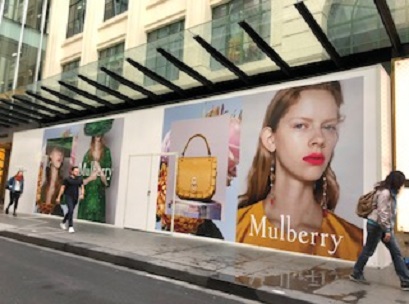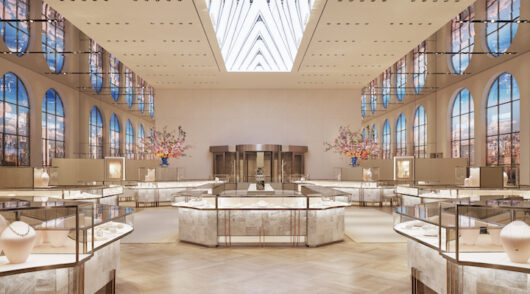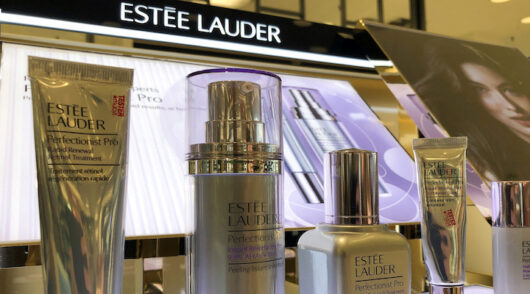 Unprecedented cost of living pressures may have put a damper on the middle of Australia’s retail market in recent years, but its done little to deter the top end.
Unprecedented cost of living pressures may have put a damper on the middle of Australia’s retail market in recent years, but its done little to deter the top end.
While the likes of Myer and Oroton Group have found themselves on struggle street Luxury Retail Group’s Nelson Mair and Theo Poulakis have gone from strength to strength, expanding the local footprints of global giants like Furla and Follie Follie, handing back profitable operations to their respective parents last year.
Now the pair are preparing to embark on their next venture: an exclusive distribution deal with leather goods brand Mulberry.
The listed British business is looking to Australia to round out its presence in Southeast Asia after undertaking several years of brand revitalisation in the UK that has seen the business modernise under chief executive Thierry Andretta and creative director Johhny Coca, both appointed in 2015.
Mair has been keeping an eye on Mulberry’s transformation and believes now is the right time for the business to make its mark on the local market as consumers turn to luxe in droves.
“The propensity to spend at the top end of the market doesn’t seem to be slowing, we’re only seeing signs that its surging,” Mair told Inside Retail.
“They’ve taken what was already a beautiful heritage brand and livened it up, made it more relevant for the modern consumer.”
LRG has already secured three leases for the business and will open a 244-metre squared design concept in Melbourne’s Emporium centre in July to test the local market.
Mulberry has had an Australian store in Sydney’s Pitt Street Mall since 2010, but that store will be closed under LRG’s new plan for the company in Australia, which will include stores in Melbourne’s Chadstone shopping centre and Sydney’s Queen Victoria Building.
“We intend to scale up execution, [Pitt Street] was a 60sqm legacy set out, we’re opening flagships that showcase the brand’s new design, which is genuinely something different,” Mair said.
Mulberry has only just come out the other end of a several year long slump, booking a revenue increase of 7.7 per cent to £168.1 million (AUD$308m) in 2017.
It sells its range of menswear, womenswear, accessories and footwear in 24 other markets around the world, including China, South Korea, The United States and Japan.
Mair said Mulberry had to transition its product range to protect its legacy customer base in the UK, but that LRG wouldn’t be weighed down in the same way.
“We have the luxury where we can come to the market effectively fresh and we can position the brand to stand for what it represents in 2018 straight away,” he said.
LRG is targeting younger shoppers than Mulberry traditionally has in the UK and will tailor its product range with the assistance of its parent to suit the local market while also embracing its renewed focus on omnichannel retailing.
“Mulberry is a little bit unusual in the sense that a high proportion of its sales come from online … most luxury brands were late to the party, [Mulberry] is quite a pioneer in that way,” Mair explained.
LRG is also juggling the expansion of luxe footwear brand Sneakerboy, which it founded, and Kering Group’s international heavyweight Balenciaga in Australia – but Mair says this venture will be different to LRG’s others, including Furla.
“Furla has been more premium and has the ability to go into more regional centres, Mulberry is a true luxury proposition and will have a tighter footprint,” he said.
“Over trading a luxury brand isn’t in the interests of either party.”
You can read more about LRG’s deal with Mulberry in Inside Retail Weekly, out tomorrow.
Access exclusive analysis, locked news and reports with Inside Retail Weekly. Subscribe today and get our premium print publication delivered to your door every week.





